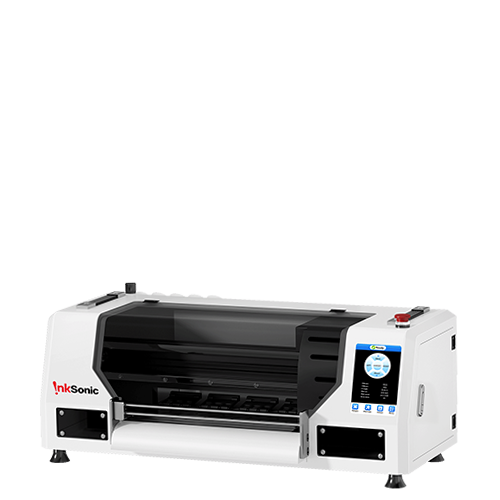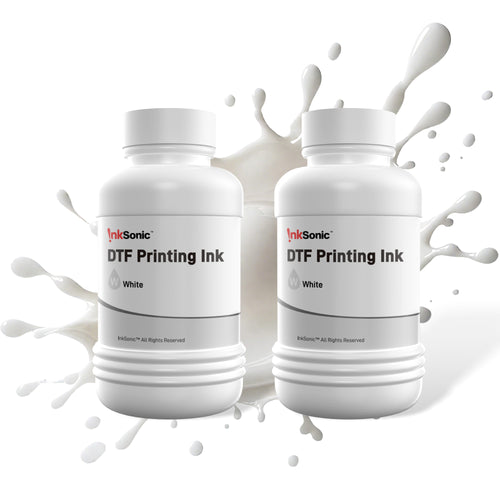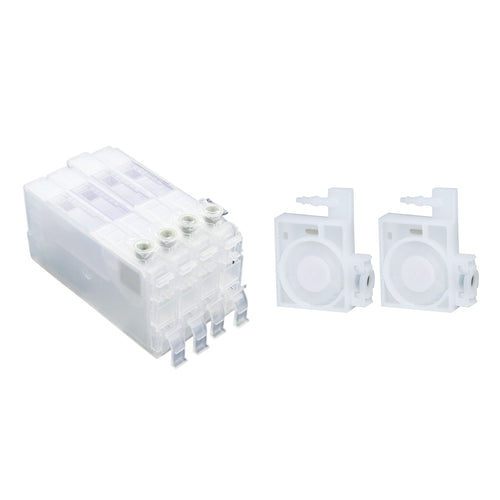If you're looking for a new apparel business opportunity, an accessory business opportunity, or a specialty products business opportunity, heat transfers could be the solution. This easy, flexible print process has become popular for reasons we'll cover—and it can help you create new products, boost profits, and grow your brand.
Benefits of Heat Transfers
1. Low Start-Up Cost:
Heat transfers are not a costly investment. You can start with a heat press and a few transfer designs. It is a nice way to test the market without investing a lot of money.
2. Easy to Customize:
Custom items are trendy. Heat transfers enable you to simply put names, graphics, or logos on t-shirts, bags, hats, and other accessories. You can simply switch color and size according to different customer needs.

3. Rapid to Produce:
It's a fast process. You can do small runs or print on demand, so you don't wait for mass production. It's great for being able to respond to trends or special orders quickly.
4. Professional Appearance:
The heat transfer prints are sharp, vibrant, and long-lasting. Whether you work from home or not, you can still create products that will look professional and make customers feel at ease.

5. No Minimum Orders:
There is no need to order in bulk. You can sell as single pieces or do small custom orders. It's a flexible means of trying new ideas and catering to different markets.
6. Works on Many Materials:
Heat transfers work with cotton, polyester, blends, and even leather or nylon. That means you can make all sorts of products without needing to change your process.

Whether you're selling finished products or custom transfers, this method lets you create good-looking items at a low cost. It’s a smart option for growing a small brand or starting something new.

Heat Transfer Printing Methods Comparison
Printing Method |
Ease of Use |
Material Cost |
Beginner Friendly |
Suitable for Business |
Cons |
|
DTF (Direct to Film) |
Medium |
Medium |
⭐⭐⭐⭐ |
✅✅✅✅ Highly suitable |
- Requires maintenance - Uses PET film & powder |
|
HTV (Heat Transfer Vinyl) |
Easy |
Low |
⭐⭐⭐ |
✅✅✅ Small-scale OK |
- Not good for complex or multi-color designs - Labor-intensive - Slower for bulk orders |
Sublimation Transfer |
Medium |
Medium |
⭐⭐ |
❌ Limited materials |
- Only works on polyester & light colors - Not suitable for cotton - Fades faster on daily wear |
Screen Print Transfer |
Hard |
Medium-High |
⭐ |
❌ Requires experience |
- High setup cost - Not flexible for small/batch orders - Needs space & skill |
Inkjet Transfer Paper |
Very Easy |
Very Low |
⭐⭐ |
❌ For hobby only |
- Low durability - Cracks/fades after washes - Not professional-looking |
How to Start Your Heat Transfer Business
Heat transfer printing is a low-cost, high-potential business that is ideal for the entrepreneur who would rather start small and grow bigger in the future. In the event that you wish to retail customized products, offer designs to other people, or fancy an online business, the following is a step-by-step guide on how to get started.
Step 1: Know Your Market
Start by doing some quick research:
- Who are your target customers? (e.g., small brands, sports teams, gift buyers)
- What products are popular near you or online?
- What are your competitors doing?
Try to find your edge—maybe it's faster delivery, lower prices, or unique designs.
Step 2: Plan Your Budget (Such as DTF)
You don’t need a lot of money to start. Here’s a rough cost guide:
Item |
Estimated Cost |
Heat press machine |
$200 - $500 |
DTF Printer |
$3,500+ |
Blank items (shirts, bags) |
$2 - $5 each |
Basic tools (scissors, etc.) |
$20 - $50 |
Many businesses get started with just a few thousand dollars.
Step 3: Choose a Business Model
Pick one (or combine them):
- Print-on-demand: Print items only after getting orders—great for online stores.
- Wholesale transfers: Sell ready-to-press designs to other businesses.
- Local service: Create custom items for schools, events, or small shops.

Step 4: Learn the Basics
You don’t have to be a pro designer. But you should understand:
- How to apply transfers correctly (heat, pressure, peel timing)
- Which fabrics work best
- File formats and settings for DTF or vinyl
Do a few test prints to ensure good quality.
Step 5: Find Reliable Suppliers
Good materials = better products. Look for:
- Trusted blank apparel sellers
- Quality heat transfer or DTF providers
- Services that offer custom printing (if you’re not printing yourself)
Always test samples before placing big orders.

Step 6: Start Selling
You don’t need a full website to begin. Start small:
- Use Instagram, TikTok, or Facebook to show your work
- Sell on platforms like Etsy, Shopee, or Shopify
- Join local markets or partner with small stores
Clear photos, trendy designs, and fast service help attract customers.
Step 7: Grow Your Business
Once orders come in:
- Ask for feedback
- Add more designs or products
- Upgrade your tools as needed
You can expand to serve other businesses, teach others, or even launch your clothing brand.

Conclusion
Heat transfer printing is an easy and affordable way to start your own clothing, accessory, or custom product business. It's not hard to learn, prints on many materials, and is perfect for any user looking for a low-risk startup, whether a small business or artistic entrepreneur. With options like DTF, vinyl, or sublimation processes, you can decide what works best for your goals. Whether you're selling one-offs, wholesale transfers, or running an online business, heat transfer printing enables you to grow on your timetable.


































